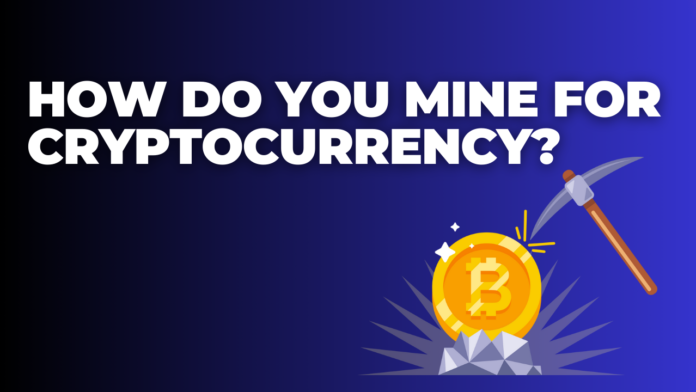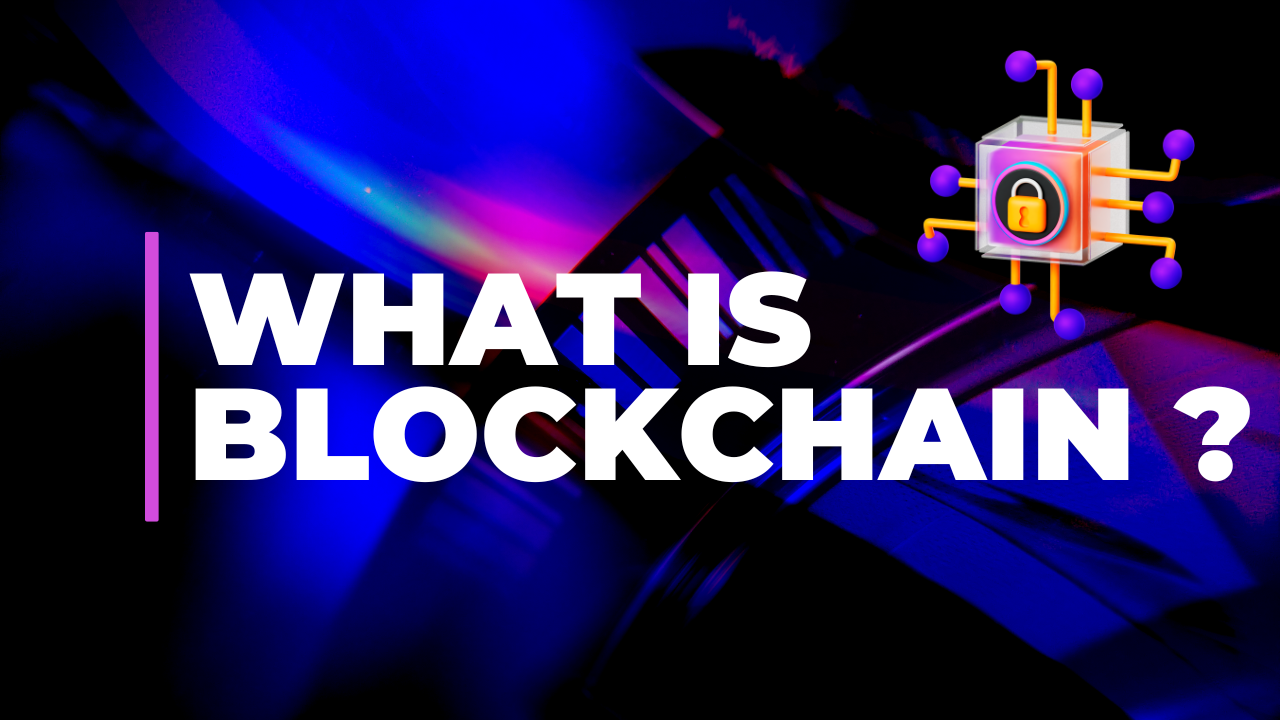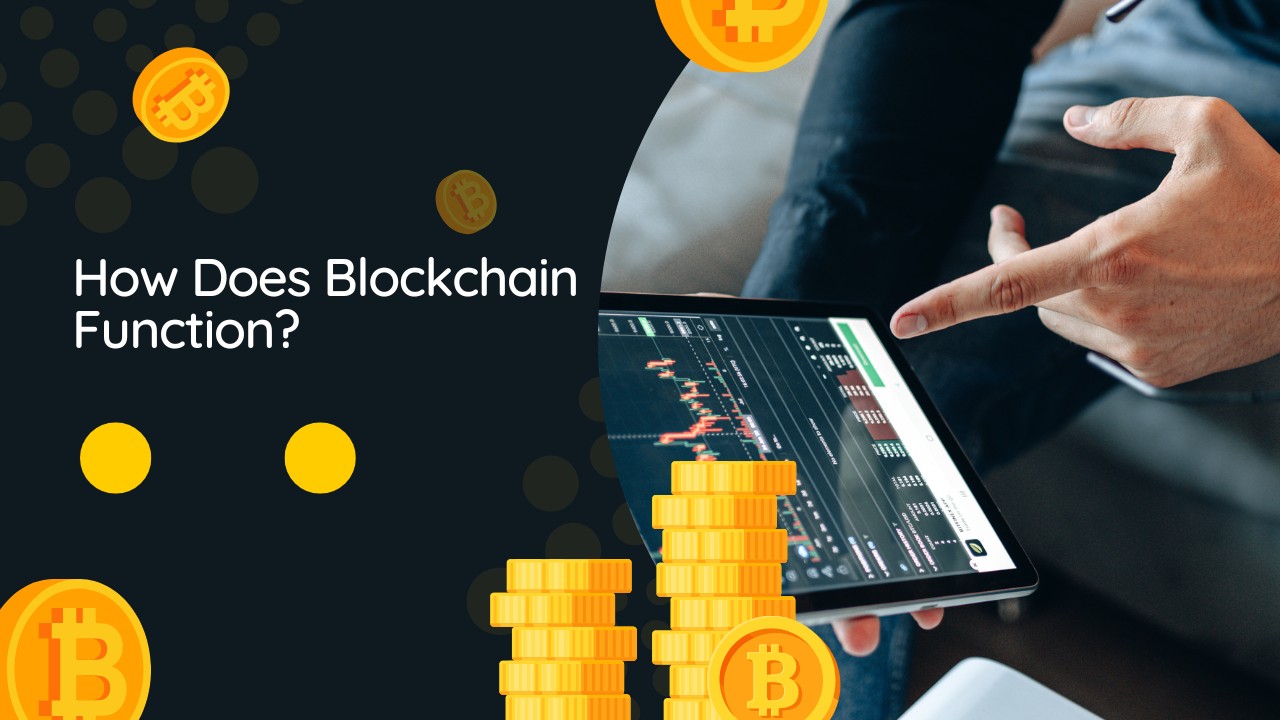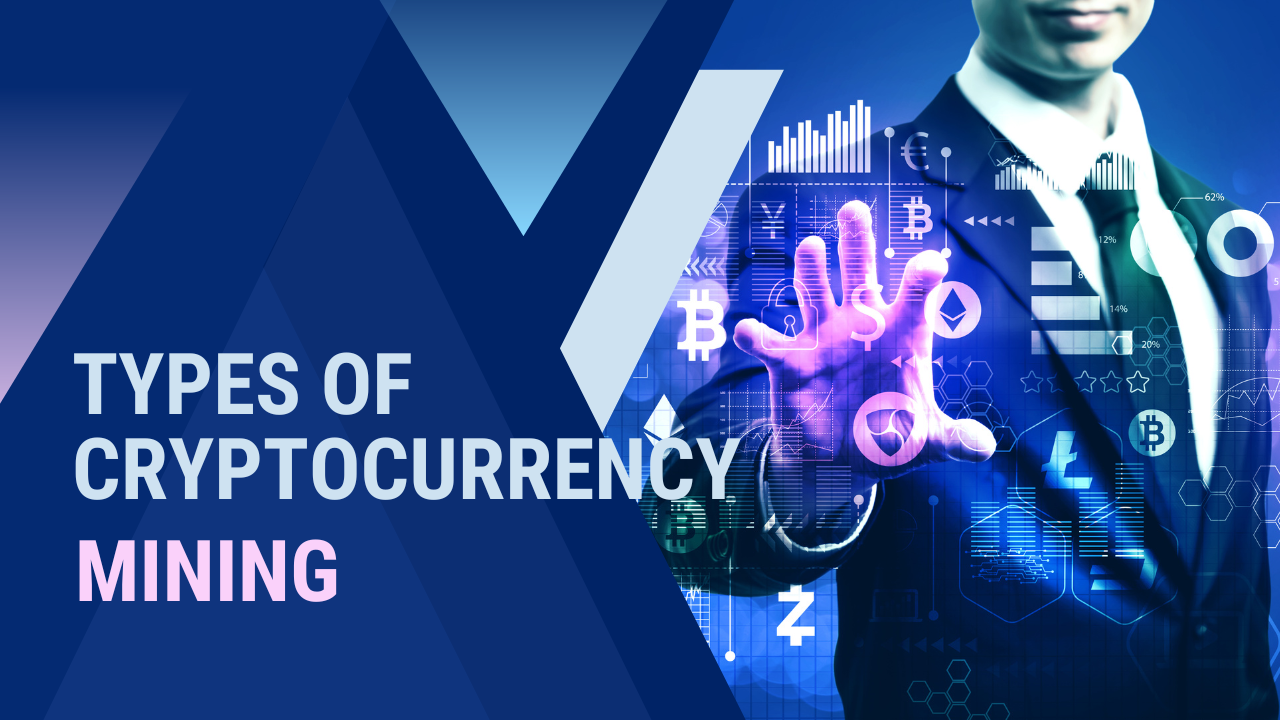How Do You Mine for Cryptocurrency?
how do you mine for Cryptocurrency? Mining is a term that may seem both fascinating and complicated. But what does it really mean And why is it significant? Whether you’re a technology lover or simply curious about how digital currencies are created, this guide will take you through the captivating realm of cryptocurrency mining.
What is Blockchain Technology?
The foundation of cryptocurrency mining lies in blockchain technology. You can of a blockchain as a digital record that tracks all transactions across a network of computers. Each block in this chain holds a list of transactions, and when a block reaches its capacity, it is added to the chain in a sequential manner.
How Does Blockchain Function?
Every transaction is authenticated by network nodes using cryptographic methods, ensuring its validity. Miners are essential in this process; they confirm these transactions and incorporate them into the blockchain, which secures the entire system.
The Function of Miners
Who Are Miners?
Miners are individuals or organisations that utilise their computing power to tackle intricate mathematical problems. These challenges are part of the process of verifying and appending transactions to the blockchain.
What Do Miners Do?
Miners check transactions to confirm their legitimacy and prevent double-spending. After verification, they add these transactions to a block and compete to solve a computational challenge. The first miner to crack this challenge gets to add the block to the blockchain and receives cryptocurrency as a reward.
Types of Cryptocurrency Mining
Proof of Work (PoW)
PoW is the most prevalent mining method, utilised by Bitcoin and numerous other cryptocurrencies. Miners vie to solve complex mathematical puzzles, and the first to succeed gets to add a new block to the blockchain and earn a reward.
Proof of Stake (PoS)
PoS serves as an alternative to PoW, used by cryptocurrencies like Ethereum. Instead of competing to solve puzzles, validators are selected based on the number of coins they possess and are willing to “stake” as collateral.
Other Consensus Mechanisms
There are various other methods, such as Delegated Proof of Stake (DPoS) and Proof of Authority (PoA), each with its distinct approach to validating transactions and ensuring blockchain integrity.
Establishing Your Mining Setup
Choosing the Right Hardware
Mining hardware can range from CPUs and GPUs to specialised devices like ASICs. Your selection will depend on the cryptocurrency you wish to mine and your financial plan.
Software Requirements
In addition to hardware, mining software is necessary. This software links your mining hardware to the blockchain network, allowing it to solve cryptographic puzzles and add new blocks.
Selecting a Mining Pool
Becoming part of a mining pool can significantly increase your likelihood of earning rewards. In a pool, miners combine their computational resources and share the rewards based on their contributions.
Mining Hardware Explained
CPUs and GPUs
Initially, CPUs (Central Processing Units) were the go-to for mining, but they were soon surpassed by GPUs (Graphics Processing Units), which are more efficient for the parallel processing needed in mining.
ASIC Miners
ASICs (Application-Specific Integrated Circuits) are specialised devices designed specifically for mining cryptocurrency. They are extremely powerful but can also be quite costly.
FPGAs
FPGAs (Field-Programmable Gate Arrays) are another type of hardware that can be tailored for mining. They strike a balance between the flexibility of GPUs and the efficiency of ASICs.
Mining Software Overview
Popular Mining Software Options
Some well-known mining software includes CGMiner, BFGMiner, and NiceHash. Each offers unique features and supports various cryptocurrencies.
Installation and Configuration
Setting up mining software involves downloading the program, installing it on your hardware, and configuring it to connect to your selected mining pool or to mine independently.
Joining a Mining Pool
What is a Mining Pool?
A mining pool is a collective of miners who merge their computational resources to boost the likelihood of solving a block and earning rewards.
Benefits of Joining a Pool
By participating in a pool, you can achieve more consistent rewards, as the combined computing power of the pool is more likely to solve blocks regularly.
How to Choose the Right Pool
When selecting a pool, consider aspects such as its size, fees, payout structure, and reputation within the mining community.
Solo Mining vs. Pool Mining
Advantages of Solo Mining
Solo mining allows you to keep all rewards for yourself. If you successfully solve a block, you receive the entire reward.
Advantages of Pool Mining
Pool mining provides more stable earnings. Although rewards are shared, the frequency of earning them is generally higher.
Which is Better?
The answer depends on your resources and objectives. If you possess substantial computing power, solo mining might be worthwhile. For most individuals, pool mining is a more secure option.
Mining Costs and Profitability
Mining incurs expenses. You must factor in the costs of hardware, electricity, and cooling systems.
Calculating Potential Profits
Utilise online calculators to estimate your potential earnings. Input variables such as hash rate, electricity costs, and current cryptocurrency prices.
Tools for Profitability Analysis
Websites like What To Mine and Crypto Compare provide tools to assess profitability based on various factors and mining configurations.
Environmental Impact of Mining
Energy Consumption
Mining requires significant energy, raising concerns about its environmental effects. Bitcoin mining, in particular, is notorious for its high energy usage.
Sustainability Concerns
The environmental impact has sparked discussions about the sustainability of mining. Some argue it is unsustainable, while others believe that technological advancements will mitigate its effects.
Green Mining Initiatives
Efforts are underway to make mining more eco-friendly. Utilising renewable energy sources and developing more efficient hardware are some strategies to lessen its carbon footprint.
Legal and Regulatory Considerations
Legal Status of Mining
The legality of mining differs from one country to another. Some nations embrace it, while others have outright banned it.
Regulations in Different Countries
It is essential to understand the regulations in your country to ensure compliance. Failing to comply can result in hefty fines or other legal repercussions.
Staying Compliant
Keep up-to-date with regulatory changes in your region. Joining local or online communities can help you stay informed about legal developments.
Risks and Challenges in Mining
Mining can be technically challenging, requiring knowledge of hardware and software configuration.
Security Risks
Miners are targets for cyber-attacks. Ensuring your mining setup is secure is crucial to protect your earnings.
Market Volatility
Cryptocurrency prices are volatile. This can impact your profitability and make mining a risky investment.
Tips for Successful Mining
Maintain your hardware, stay updated with mining software, and join mining communities to learn from others.
Common Mistakes to Avoid
Avoid overspending on hardware, neglecting electricity costs, and ignoring regulatory requirements.
Staying Informed
The crypto world is ever-changing. Stay informed about new developments, trends, and changes in the mining landscape.
Conclusion
Cryptocurrency mining is a complex but rewarding venture. It involves understanding blockchain technology, choosing the right hardware and software, and staying informed about legal and environmental considerations. With the right approach and resources, mining can be a profitable and exciting endeavour..
FAQs
3.What is the easiest cryptocurrency to mine?
The easiest cryptocurrency to mine varies, but coins like Monero (XMR) and Dogecoin (DOGE) are often considered more accessible for beginners.
2. How long does it take to mine one Bitcoin?
The time to mine one Bitcoin depends on your hardware and the current network difficulty. On average, it can take several years for a solo miner.
3. Can you mine cryptocurrency on a smartphone?
While technically possible, mining on a smartphone is not practical due to low processing power and high energy consumption.
4.Is mining still profitable in 2024?
Mining profitability depends on several factors, including cryptocurrency prices, electricity costs, and hardware efficiency. It’s essential to perform regular profitability analyses.
5.What are the risks of cryptocurrency mining?
Risks include high electricity costs, hardware failure, cybersecurity threats, and market volatility. It’s crucial to manage these risks to ensure successful mining.



